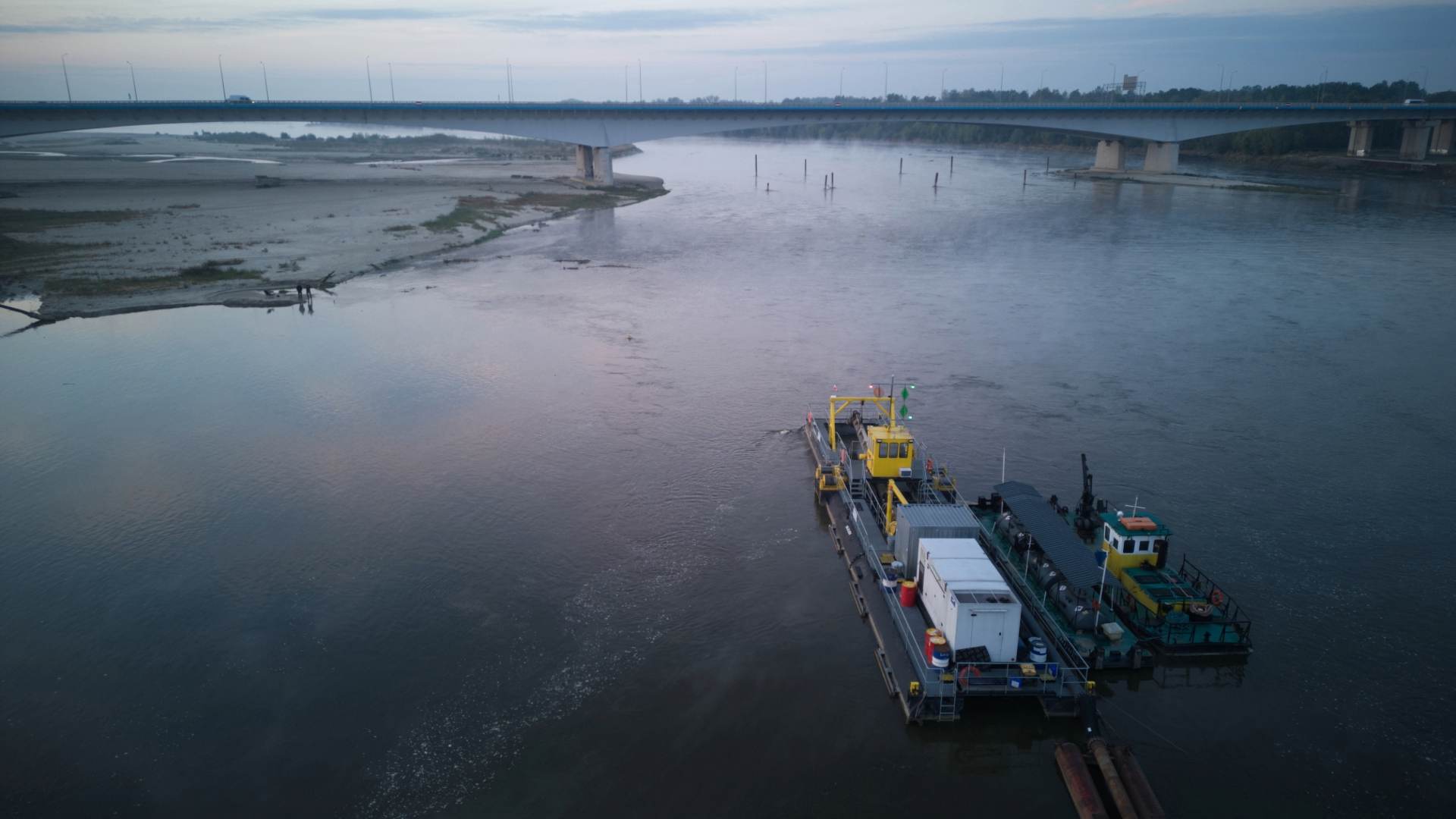Introduction
The City of Saco, Maine, is gearing up for a critical river dredging operation along the Saco River this coming winter. Scheduled for the 2025-2026 dredging season (November 2025 through April 2026), the project aims to remove approximately 26,000 cubic yards of accumulated sediment. This timely effort is designed to enhance coastal protection for Camp Ellis Beach—an area historically plagued by erosion and storm damage—just ahead of a larger U.S. Army Corps of Engineers (USACE) jetty construction project slated for 2026 and full sand replenishment in 2027.
Why River Dredging Matters for Camp Ellis
Camp Ellis, situated at the mouth of the Saco River, has long been vulnerable to the impacts of storm surge, tidal activity, and sediment movement. Years of shoreline erosion and severe weather have claimed homes and infrastructure in the area, prompting state and federal agencies to seek long-term solutions.
River dredging plays a critical role in these efforts by restoring navigable waterways and reclaiming sand that can be reused to nourish beaches. By targeting two key areas—the area around the Camp Ellis pier and the mooring field anchorages—the City of Saco and York County aim to stabilize the shoreline ahead of more permanent engineering measures like jetty installation.
Scope of the Dredging Project
The 2025 dredging project will focus on two primary sites within the Saco River:
- 7,000 cubic yards of sediment will be dredged from around the Camp Ellis pier.
- 19,000 cubic yards will be removed from the anchorage areas near mooring fields.
This total of 26,000 cubic yards of sand, if approved for beach placement, will be used to bolster Camp Ellis Beach, creating a natural buffer against future storms and mitigating continued erosion.
York County, which operates the county-owned dredge located in Wells Harbor, will lead the operation. The dredging work is expected to begin in Wells as early as November 2025 and move to Saco shortly thereafter.
USACE Sediment Testing and Permitting
In June 2025, the U.S. Army Corps of Engineers approved the sediment testing protocols necessary to evaluate the suitability of Saco River sand for beach replenishment. As early as July, actual sand sampling may begin. If these samples meet environmental and quality standards, they will be approved for placement on Camp Ellis Beach.
Following sand testing and approval, York County—on behalf of the City of Saco—will submit the final dredging permit application. Once the permit is granted, crews can proceed with the removal and relocation of sediment, streamlining the timeline ahead of the jetty construction scheduled for the following year.
A Strategic Timeline for Shoreline Resilience
This winter’s river dredging project is a vital part of a broader timeline aimed at securing Camp Ellis’s shoreline:
- Winter 2025-26: River dredging and sand placement
- 2026: Offshore jetty construction by the Army Corps
- 2027: Full-scale sand replenishment
The dredging effort is considered a preparatory move, ensuring that the beach is adequately protected during the final storm season before the jetty is built. In previous years, similar dredging projects—including one in 2018/2019—have shown positive short-term results in controlling erosion and protecting the beachfront community.
Cooperation with Shoreline Property Owners
An important component of the dredging project is securing access permission from shoreline property owners. As with the 2018/2019 dredging effort, the City of Saco is coordinating closely with property owners to allow sand placement and beach access. The Saco Shoreline Commission does not anticipate significant challenges in obtaining these permissions.
Community cooperation is essential for the success of such a project, especially given the urgency to act before the most vulnerable storm months. Residents and local officials recognize that this initiative will not only improve navigation and safety within the river but also protect homes, infrastructure, and recreational areas from worsening storm damage.
The Broader Importance of Dredging
While dredging is often viewed as a routine maintenance activity, its benefits extend far beyond clearing silt and debris. In the case of the Saco River, dredging is a lifeline for coastal protection and disaster resilience. When executed strategically, dredging contributes to:
- Beach nourishment and erosion control
- Navigation safety for boats and harbor access
- Environmental restoration
- Flood mitigation
With climate change driving more intense storm patterns and sea-level rise, proactive dredging strategies are becoming increasingly vital for coastal communities like Saco.
Looking Ahead
As the City of Saco prepares for this winter’s river dredging effort, the community remains optimistic about the long-term benefits. The project not only sets the stage for major federal investments like jetty construction but also demonstrates a proactive, local commitment to protecting one of Maine’s most vulnerable shorelines.
The collaboration between York County, the City of Saco, the U.S. Army Corps of Engineers, and local property owners is a promising example of how coordinated dredging projects can deliver tangible results—protecting lives, property, and natural resources for years to come.
